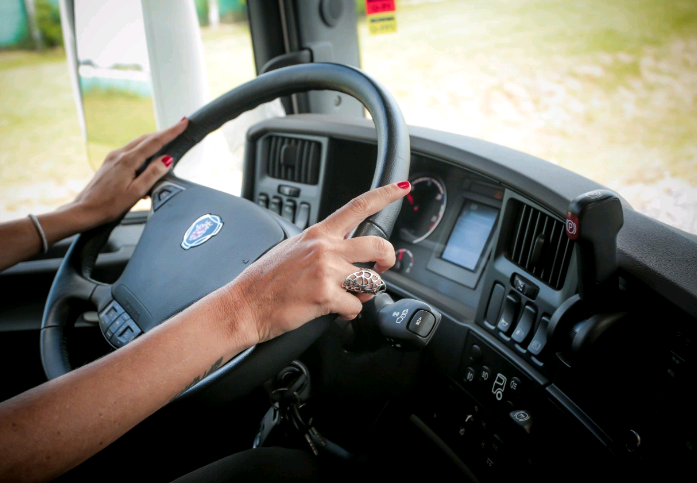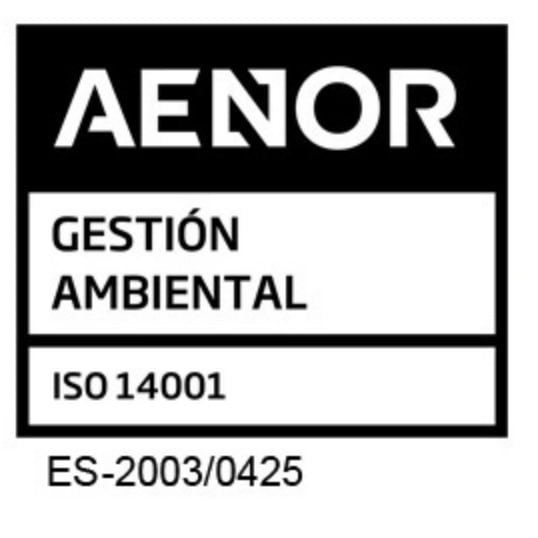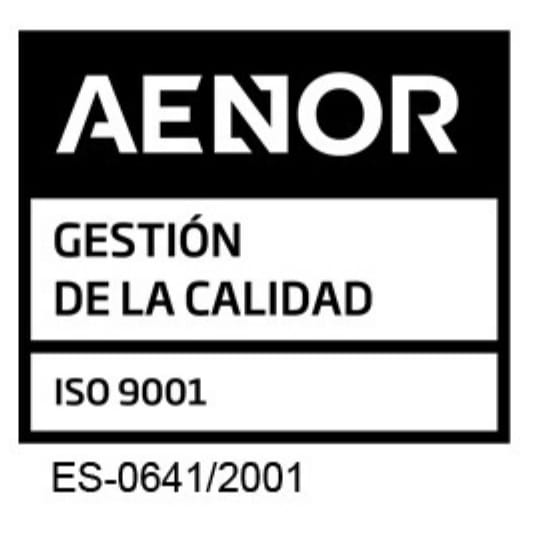New amendments to the R.G. of circulation, the R. G. of vehicles and the R. G. of drivers.

11/13/2021
The Council of Ministers has just approved two Royal Decrees modifying, on the one hand, both the General Road Traffic Regulations and the General Vehicle Regulations and, on the other, the General Driver Regulations. If you want to find out about all the changes, how they affect you and when they come into force, don't miss this new article we have prepared for you.
Minimum age requirement (already in force)
The Royal Decree reforming the General Regulations on Drivers introduces changes to the initial qualification and continuous training of drivers engaged in the carriage of goods or passengers by road.
For goods hauliers, the minimum age has been reduced from 21 to 18, with the requirement to have passed the Professional Aptitude Certificate (CAP), which lasts 280 hours.
In the case of aspiring coach drivers, from the age of 18 they may drive without passengers and within a maximum radius of 50 km, and from the age of 21 and having passed the CAP, they may carry passengers in the vehicle.
Electric vans (already in force)
From now on, there will also be changes for those who have had their driving licence B (car licence) for at least 2 years. If they meet these requirements, they will be able to drive electric vans with a maximum authorised mass of 4,250 kg, i.e. 750 kg more than before.
This is to compensate for the extra weight of the battery pack incorporated in these zero-emission vehicles.
Increased accessibility of driving licences (already in force)
Normally, people with problems associated with the locomotor system are not eligible for driving licences for lorries or buses. The locomotor system is made up of muscles, bones and joints and, together with the nervous system, is responsible for the movement of our body.
With these new modifications and after an individualised medical and mechanical assessment, it is now possible for people affected by this condition to apply for these licences.
Reduction of the maximum speed in the city (in force from 11/05/2021)
The reform of the Road Traffic Regulations on the maximum speed allowed in urban areas. Thus, the maximum speed allowed on streets with a single roadway and pavement platform is limited to 20 km/h. On the other hand, on roads with a single lane in each direction, it is permitted to drive up to 30 km/h, with the possibility of increasing this to 50 km/h, provided that the local councils so decide and indicate. Roads with two or more lanes in each direction maintain the 50 km/h limit.
The aim of this reduction is to respond to the new forms of mobility that are spreading in cities (scooters, bicycles, etc.). According to a study carried out by the WHO in 2011, the risk of being hit by a car is reduced by at least five times if the impacting vehicle is travelling at 30 km/h instead of 50 km/h.
Driver registration (in force as of 11/05/2021)
This new reform will allow passenger and goods transport companies to access the Driver Register online. This will make it easier to know whether or not workers' driving licences are valid or not by means of a colour code: green if they are valid or red if they are not.








